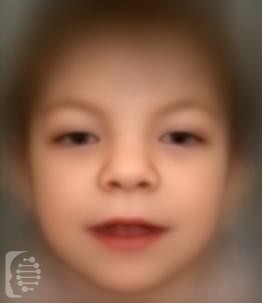What is Baraister-Winter syndrome?
Baraitser-Winter is a genetic condition characterized by a number of unique facial features and other heart conditions. It was first identified in 1988.
It is a multiple congenital anomaly syndrome, meaning it is present at birth and affects multiple parts of the body.
The syndrome affects the development of the grey matter of the brain, and intellectual disability is one of the features of the syndrome.
This syndrome is also known as:
Iris coloboma with ptosis hypertelorism, and mental retardation; Ramer syndrome; Fryns-Aftimos syndrome; Pachygyria, mental retardation, epilepsy, and characteristic facies; Cerebrooculofacial lymphatic syndrome, COLFS; Cerebrofrontofacial syndrome.
What gene change causes Baraister-Winter syndrome?
Damage to the ACTB and ACTG1 genes on chromosomes 7 and 17 respectively are responsible for the condition.
The majority of cases are de novo mutations and the condition is not inherited.
In some cases, a genetic syndrome may be the result of a de-novo mutation and the first case in a family. In this case, this is a new gene mutation which occurs during the reproductive process.
What are the main symptoms of Baraister-Winter syndrome?
Intellectual disability, developmental delay and limited to zero speech are some of the more severe symptoms of the syndrome.
Abnormal development of the grey matter of the brain is also a major condition associated with this particular syndrome and this abnormal development correlates with the severity of intellectual disability.
Unique facial features of the syndrome include a small head, widely spaced eyes, drooping eyelids, narrow forehead, a ridge down the middle of the forehead, a wide mouth, arched eyebrows, a short nose, a flat tip of the nose, a long philtrum and a cleft lip or palate.
Other possible health conditions associated with the syndrome include hearing loss, epilepsy, heart defects, and hernias.
How is it diagnosed?
To find out if someone has a diagnosis of Baraister-Winter syndrome, it is important to have a consultation and evaluation with a clinical genetic specialist. Specialists may also suggest specific genetic testing or other types of tests to help reach a diagnosis. FDNA’s AI technology can help speed up the diagnostic process by analyzing facial features and other health information.


